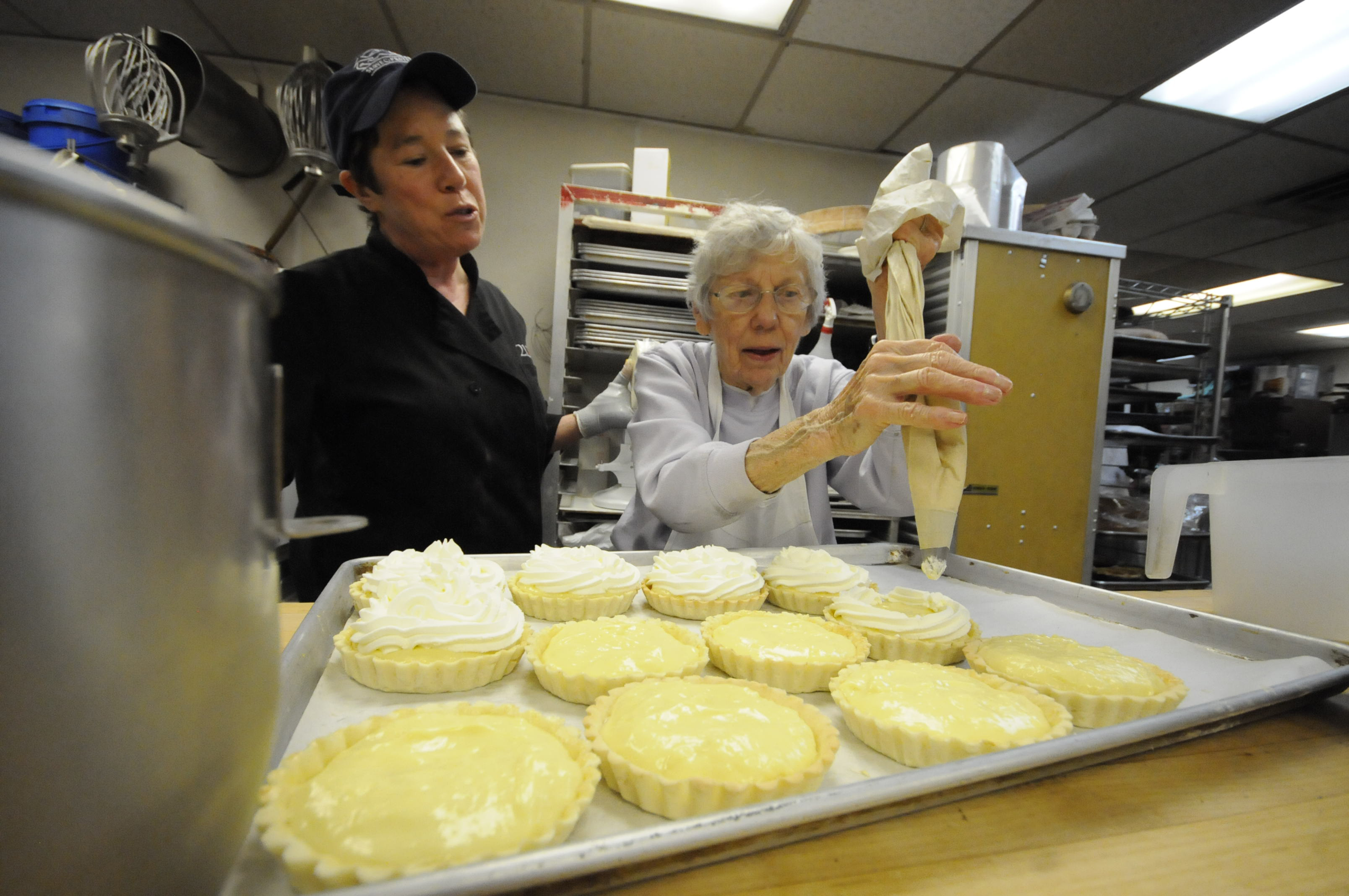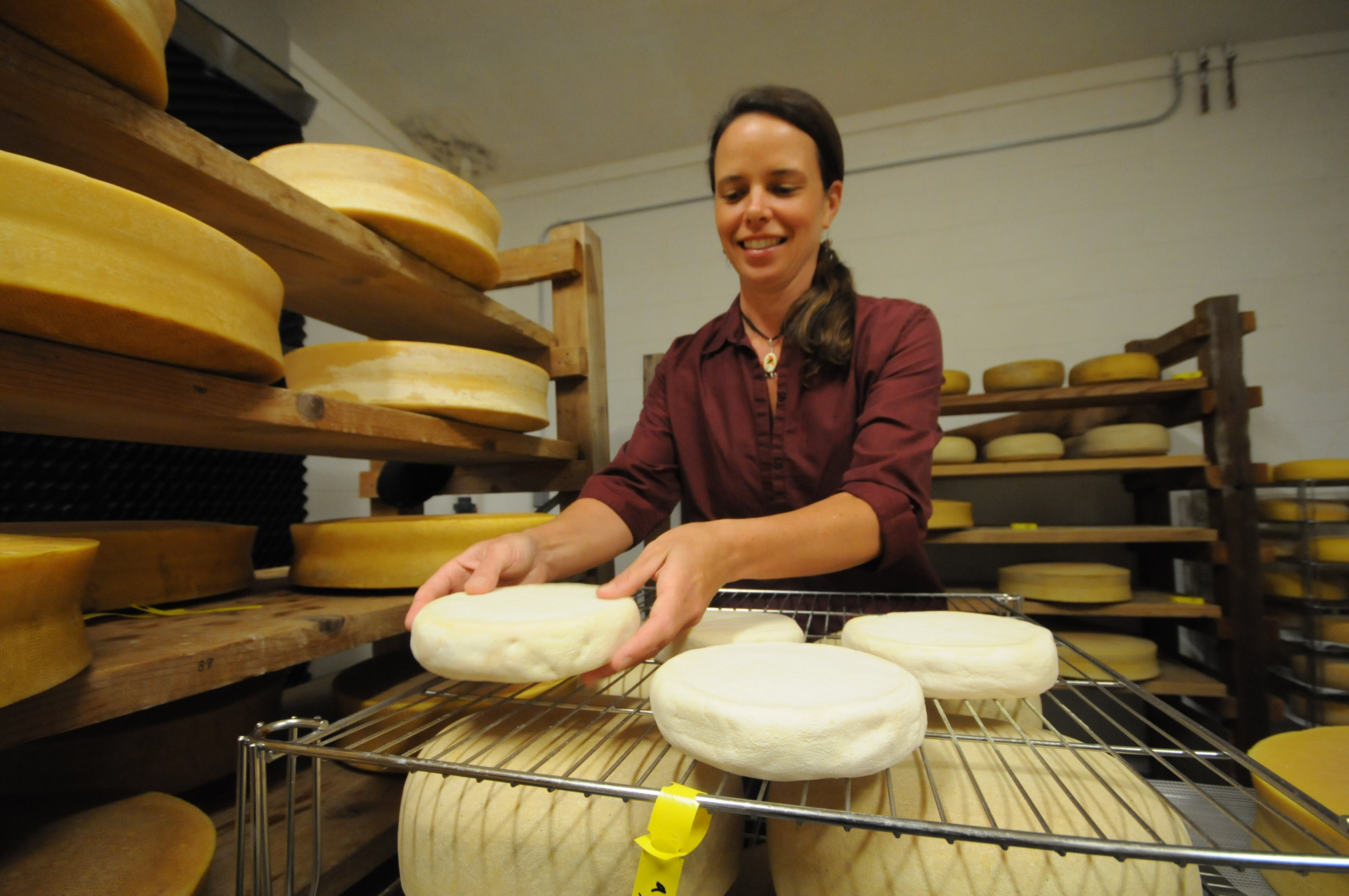Promotion spotlights restaurants' locally sourced ingredients - July 12-19
Friday, January 1, 1904
PARTICIPATING RESTAURANTSRestaurants taking part in the 2013 Harvested Here Restaurant Week are:212 Market, Alleia, Back Inn Cafe, Blacksmith's Bistro & Bar, Cafe on the Corner, Community Pie, Easy Bistro & Bar, Elemental, Enzo's Market, Famous Nater's World Famous, Flying Squirrel, Good Dog, Lupi's, Milk & Honey, Public House, St. John's Meeting Place, St. John's, Sushi Nabe, Taco Mamacita, Terra Nostra Tapas & Wine, TerraMae Appalachian Bistro, The Blue Plate, Broad Street Grille, Tony's Pasta Shop & Trattoria, Urban Stack and Whole Foods.ONLINETo find out more about participating restaurants and special menus for the week, go to GrowChattanooga.org or Facebook.com/GrowChattanooga.
A few years ago, finding locally sourced food products on the menu of a local restaurant was a bit of a seasonal novelty.
Today, especially in finer downtown restaurants, finding items such as regionally harvested trout, fresh-made cheese and locally grown produce is usually the norm.
It's been that way at 212 Market for most of its 21 years in business on Market Street.
"We, for so many years, have done our regular menu, and then we do specials that feature what is available, and both have locally sourced items," says chef/co-owner Susan Moses. "We just started our summer menu."
During the third annual Harvested Here Restaurant Week, set for July 12-19, 26 restaurants will showcase local foods on specially created menus. Each restaurant is being challenged to work with a few farmers that are new to them and repeat the same dishes each night of Restaurant Week. The special event is being promoted by Gaining Ground, a Benwood Foundation program designed to support locally grown food.
Jeff Pfitzer with Gaining Ground says the event is meant to create awareness about local farms and restaurants that utilize their products, as well as celebrate the partnerships.
"These restaurants are big supporters of the local farms," he says. "They are all buying from local farms this one week, and everybody is working together to create special menus."
Steve Pickett of Pickett's Trout Ranch in Sequatchie County says Chattanooga is way ahead of other Tennessee cities when it comes to the symbiotic relationship between local farmers, restaurants and customers.
"The local food scene in Chattanooga is head and shoulders above the rest of the state," he says. "Local chefs put a lot of effort into buying local, and it takes a lot of effort, but I think they enjoy dealing with farmers and changing up the menu based on what is available."
Moses agrees, saying it is tougher on restaurants because the chefs can't plan weeks and months in advance, but being adaptable is worth it.
"We had a farmer bring in chanterelles [a tasty fungus] the other day," she says.
She used the chanterelles in several ways, sauteéing some and using them as a garnish, while putting others in a simple sauce with shallots and white wine that she served with trout or vegetables.
Padgett Arnold, co-owner of Sequatchie Cove Creamery in Sequatchie, Tenn., which makes artisan cheeses, among other products, says she believes locally sourced foods are past the idea of being a novelty item; people today expect and demand local. It has taken time and the proliferation of access points such as markets, restaurants and retail outlets such as Whole Foods and, more recently, Enzo's on the Southside.
"Absolutely, it has grown tremendously here," she says. "We've always had support, but it has broadened steadily over the last three years. That is due to the high quality of the product but also the ability for us to tap into outlets.
"The availability for producers to sell directly has exploded. Markets are all over town. By no means are we able to attend all of them, but they are there."
There are now about six viable markets in the area selling locally grown foods, and the number of restaurants using locally sourced foods has increased as well.
"Now, if you are not buying local, you are not in the club," Arnold says. "It's great for farmers and also for the general public."
Pfitzer says that, a decade or so ago, he could count on two hands the number of local farmers and food producers. Today, the number within 100 miles of Chattanooga is closer to 150, he says.
"Now the challenge is to find new ways to work together to make access more convenient," he says. "Also, some of these farmers are operating year-round. That was unthinkable before."
It should be noted that markets such as the weekly Brainerd Market, Ringgold Market and Chattanooga Market are different than produce stands that operate daily, selling essentially the same foods you can buy in grocery chain stores. While there are more local farmers and food producers, they are limited by Mother Nature and reality in the amount of food they can produce. Most do well to produce enough food to sell at the once-a-week markets and deliver to the restaurants.
Lee & Gordon Greens in Chickamauga, Ga., supplies hydroponically grown lettuce to 14 restaurants and is also a regular at the Chattanooga Market. Co-owner Joan Jones recently missed the Sunday market because local restaurants took everything she could supply.
The lettuce heads take about six weeks to grow on average, she says, and the farm can produce between 600 and 700 heads, or between 150 and 200 pounds, a week. That number fluctuates during the year since lettuce grows more slowly in the winter and "bolts" in the hot summer, meaning the plant sends up a stalk, which seeds, resulting in a bitter leaf.
Pickett says he is turning away business because it takes time to grow the trout and he is a one-man operation. He averages 300 to 400 pounds of filets a week, he says.
Arnold says the farm dictates the number of cows she can have, and they in turn dictate the amount of milk produced to make the creamery's cheeses. Sequatchie Cove makes about 100 pounds of cheese a day, seven days a week, she says.
Contact staff writer Barry Courter at bcourter@timesfreepress.com or 423-757-6354.


